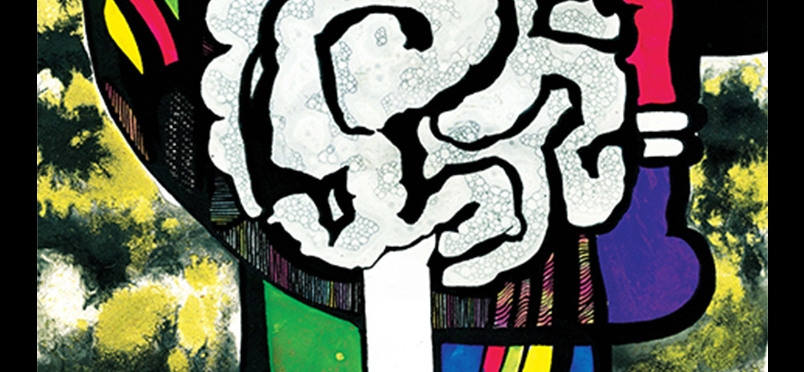| neuropathic pain
Preventing Peripheral Neuropathy Symptoms with Taxane Chemotherapy?

Understanding of Causal Mechanism Provides Fresh Insight for Development of Prophylaxis
Researchers from Dana-Farber Cancer Institute report the discovery of the mechanism by which some chemotherapy drugs cause peripheral neuropathy (CIPN). The knowledge may be useful in the development of new preventative measures that can protect patients undergoing chemotherapy from the risk of neuropathy. Peripheral neuropathy is caused by the degeneration of axons and results in symptoms including numbness and pain in the hands and feet. A class of chemotherapy drugs call taxanes, commonly used for treatment of early-stage breast cancer, have been associated with axon damage, and the Dana-Farber team have identified the role of a specific protein, Bclw, in impeding axon degeneration. During embryonic development, Bclw is part of a system that allows for the “pruning” of unnecessary nerves, but in adult life, the protein protects nerves from damage.
The authors note that “Despite the prevalence and morbidity of CIPN, at present there are no methods to prevent or reverse this disorder. Current treatment options therefore are to reduce or discontinue chemotherapy and to offer nonspecific symptomatic pain relief.” Their new finding, reported in the journal Neuron, was that introduction of paclitaxel, a taxane drug, to nerve axons impedes a transport process that is necessary to the production of protective Bclw. The team then hypothesized that the addition of Bclw protein to the axons prior to exposure to paclitaxel would forestall nerve degeneration. In fact, they were able to demonstrate that a synthetic compound based on a portion of the protein exerted this preventative effect. The authors asserted that this “designer peptide provides a promising template for drugs that can prevent chemotherapy-induced peripheral neuropathy.”
Read more about the findings.
The journal article may be read here.
Did you enjoy this article?
Subscribe to the PAINWeek Newsletter
and get our latest articles and more direct to your inbox